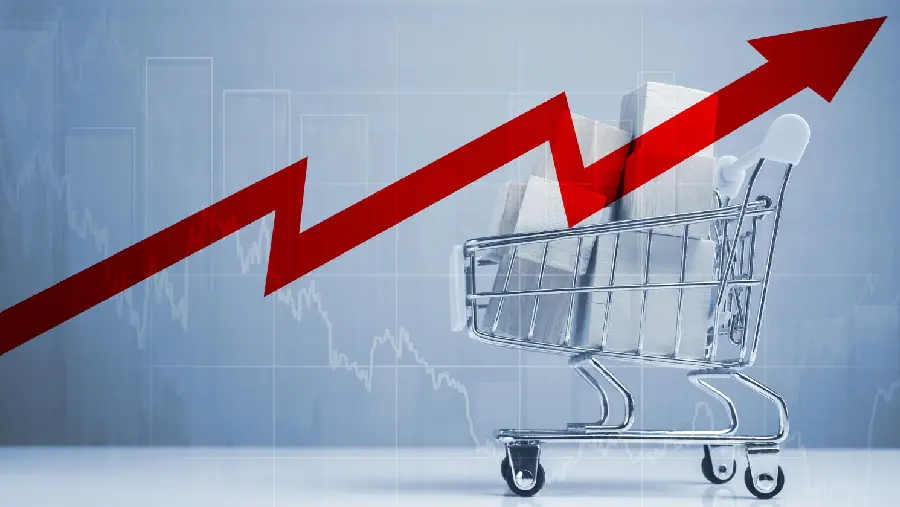As retailers and brands ride the rollercoaster of tariff debate, the retail giant in the best position to absorb price increases is warning consumers about what’s to come.
As Walmart announced it beat Q1 earnings estimates but fell short of sales expectations, the retailer’s CFO declared that shoppers could start seeing higher prices as soon as this month: “We’re wired for everyday low prices, but the magnitude of these increases is more than any retailer can absorb.”
Hearing that from an operator with resources as vast as its ability to squeeze all it can out of its supply chain, it’s a sure bet no retailer, large or small, will escape the far-reaching impact of new global tariffs.
What products will get hit the hardest?
Anything made in China, for one – Walmart CEO Doug McMillon pointed to the Asian nation’s high-volume products like toys and electronics.
As for grocery, McMillon noted tariffs are putting pressure on prices for avocados, bananas and coffee. CFO John David Rainey told CNBC that Walmart will “play offense” by keeping its price gaps below competitors.
That doesn’t leave a lot of wiggle room for retailers smaller than, say, Kroger or Albertsons.
How should merchants be preparing for the storms ahead?
RDSolutions CEO Jake Blondin and Chief Commercial Officer Lee Kallman, in a recent webinar on consumer price perception moderated by Supermarket Guru Phil Lempert, suggested a three-pronged plan for brands and retailers: a pricing strategy that emphasizes value, strategic merchandising, and messaging that communicates the economic realities to consumers.
Blondin said retailers must actively manage their tariff risks and avoid the appearance of profit inflation, as consumers are generally inclined to blame retailers for higher prices though they may just be keeping up with supplier increases. “Consumers expect consistency in pricing,” he said. “Continue to revisit the entire ecosystem of pricing and how it affects your competitive position.”
While “made in America” may emerge as a dominant theme as far as domestically sourced products can pick up the slack for tariffed goods, Kallman noted that some retailers could opt to moderately raise prices across the board – perhaps in categories such as wine – to maintain a balance among tariffed and non-tariffed products.
More than 80% of shoppers already believe that economic conditions such as inflation or tariffs are impacting food prices, according to the results of a consumer survey conducted by RDSolutions.
Learn more about the survey and insights into consumer price perception by viewing the complete webinar.

